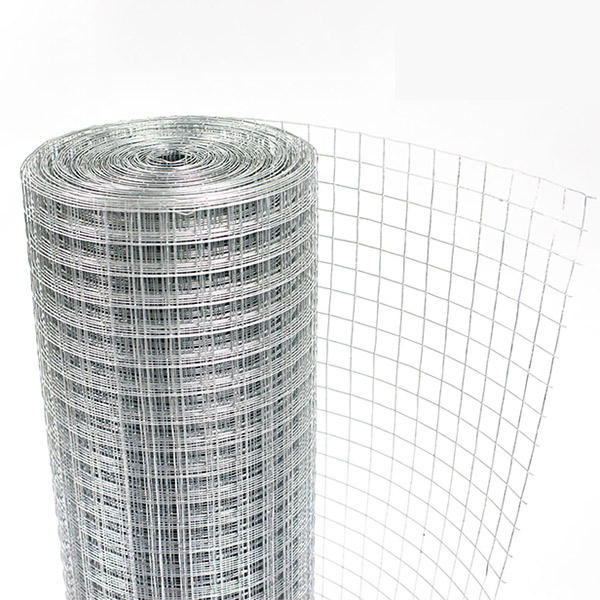Nov . 01, 2024 17:28 Back to list
China's Deformed Steel Bars Market Trends and Future Outlook
Understanding Deformed Steel Bars in China A Key Component in Construction
Deformed steel bars, commonly known as rebar, play an essential role in the construction industry, particularly in concrete reinforcement. In China, where construction activities are booming due to rapid urbanization and infrastructure development, the demand for high-quality deformed steel bars has significantly increased. This article explores the characteristics, production processes, and applications of deformed steel bars in China.
What are Deformed Steel Bars?
Deformed steel bars are specifically designed with ridges or patterned surfaces that enhance their bonding strength with concrete. These deformations increase the surface area available for bonding, which helps in effectively transferring loads between the steel and concrete. The typical composition of rebar includes carbon steel, which provides excellent tensile strength, making it an ideal choice for improving the structural integrity of various concrete structures.
Production Processes
In China, the production of deformed steel bars involves several advanced methods to ensure quality and compliance with international standards. The manufacturing process typically begins with the melting of high-quality scrap steel or direct reduced iron (DRI) in electric arc furnaces. This molten metal is then cast into billets, which are subsequently heated and rolled into the desired bar shape using high-speed rolling mills.
Quality control is paramount in the production of deformed steel bars. Chinese manufacturers adhere to stringent standards set by organizations such as the National Standards of the People's Republic of China (GB standards). These regulations specify the mechanical properties, chemical composition, and surface quality of rebar, ensuring that they meet the requirements for strength, durability, and bonding efficiency.
china deformed steel bar

Applications in Construction
Deformed steel bars are utilized across various construction projects, ranging from residential buildings to massive infrastructure works, such as bridges, highways, and tunnels. Their ability to significantly enhance the tensile strength of concrete makes them indispensable in seismic regions, where buildings must withstand lateral forces from earthquakes.
In recent years, the Chinese government has launched numerous initiatives to improve infrastructure, including the Belt and Road Initiative, which aims to enhance connectivity across Asia and beyond. This has led to a surge in construction projects that require large quantities of deformed steel bars. Additionally, the growing emphasis on sustainable building practices has prompted manufacturers to explore eco-friendly production methods, which further aligns the steel industry with national goals for environmental protection.
Future Trends
The future of deformed steel bars in China looks promising, with ongoing investments in research and development aimed at improving the performance of steel products. Innovations such as high-strength and corrosion-resistant steel bars are gaining traction, responding to the evolving needs of modern construction.
Moreover, the integration of smart technologies, such as Internet of Things (IoT) in manufacturing processes, is expected to enhance monitoring and quality control, leading to improved production efficiency. As China's construction landscape continues to evolve, the role of deformed steel bars will undoubtedly remain crucial for reinforcing the backbone of the nation's infrastructure.
In conclusion, deformed steel bars are a vital material in the construction sector in China. With stringent quality standards, varied applications, and ongoing innovations, they continue to play a key role in enhancing the stability and safety of structures across the country. As demand grows, the industry is expected to adapt and evolve, ensuring that it meets the challenges of the future.
-
High-Quality Steel Grating Solutions for Industrial Applications | Durable, Safety, Customization
NewsJul.13,2025
-
Advanced Solutions-CompanyX|Enterprise Efficiency&Cost Reduction
NewsJul.13,2025
-
Sustainable Manufacturing-EcoTech Innovations|Waste-to-Energy System&Zero Emissions
NewsJul.13,2025
-
Welded Wire Mesh- Buildings Wiremesh Co., Ltd.|Durable Construction Material&Industrial Strength Solution
NewsJul.13,2025
-
Smart Production Solutions-Example Corp|AI Automation&IoT Monitoring
NewsJul.13,2025
-
Advanced Industrial Solutions-Advanced Industrial Solutions|Manufacturing Efficiency&Productivity
NewsJul.13,2025

